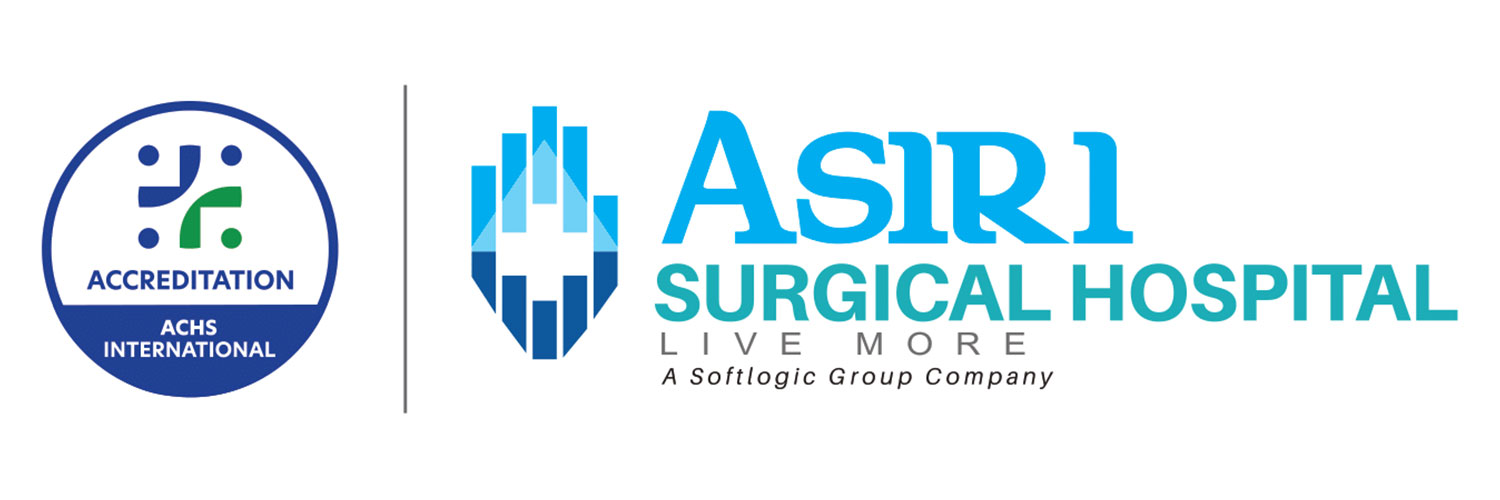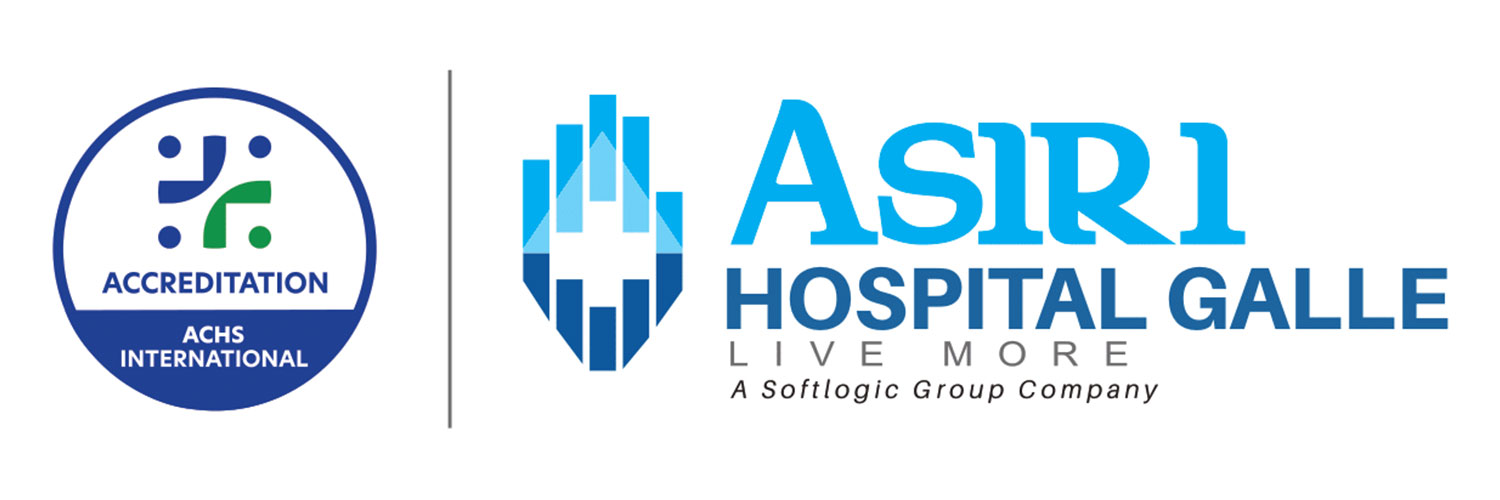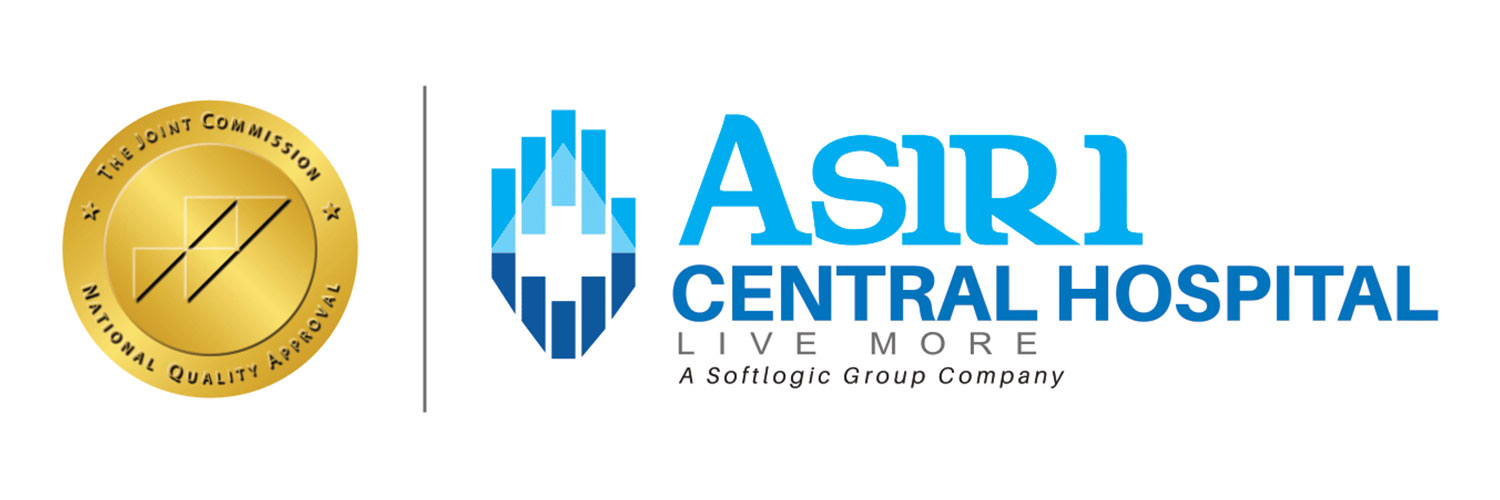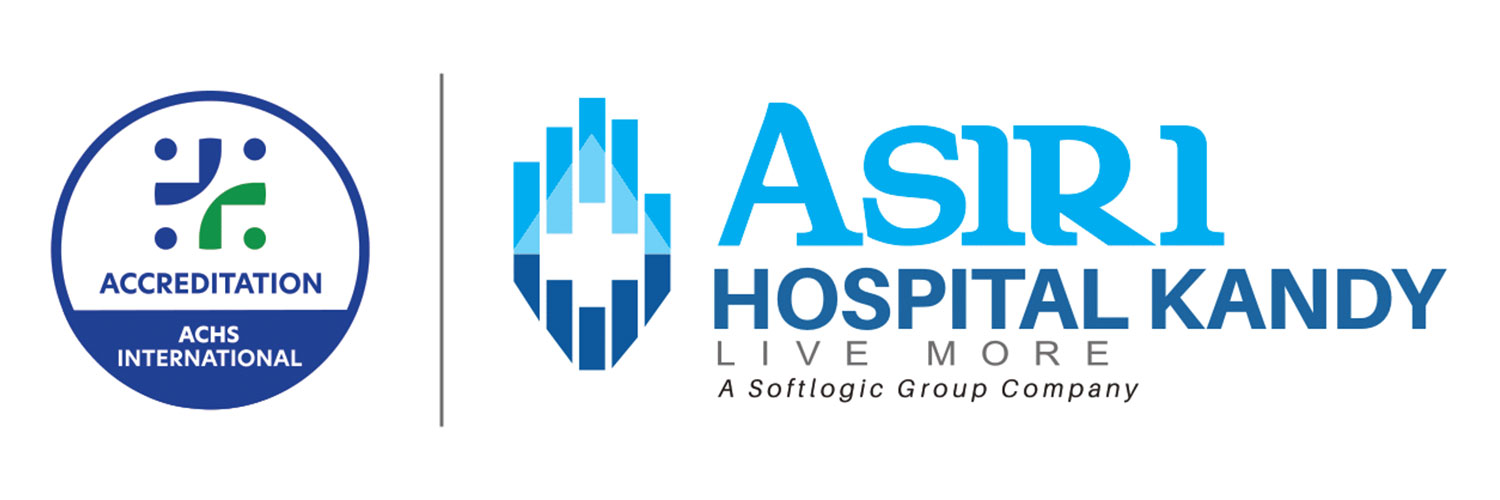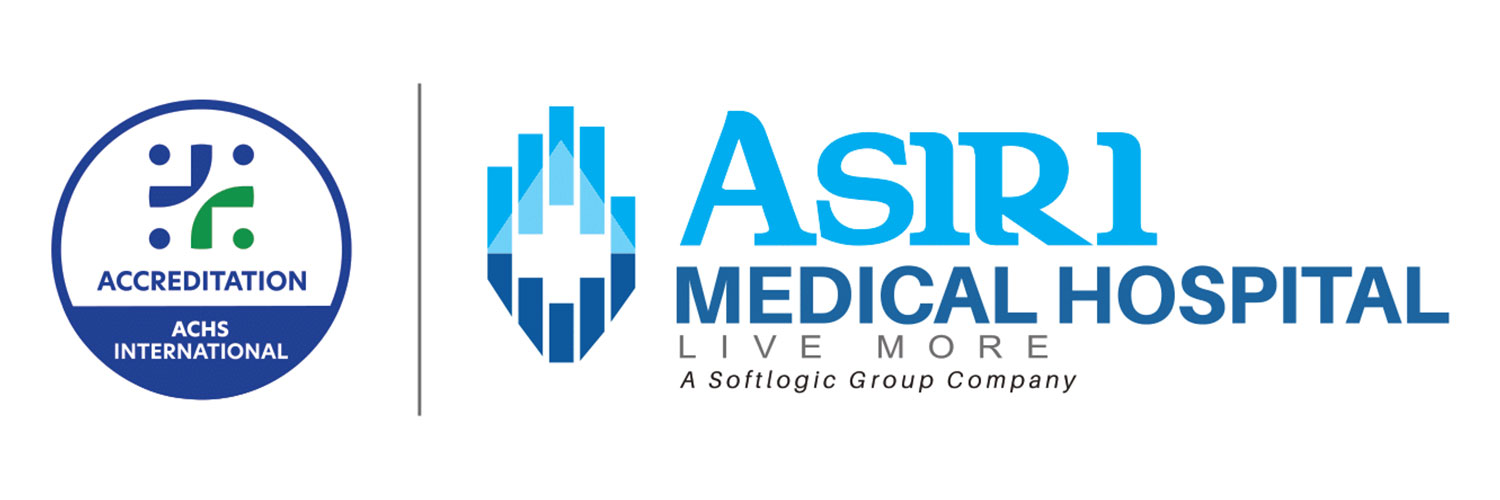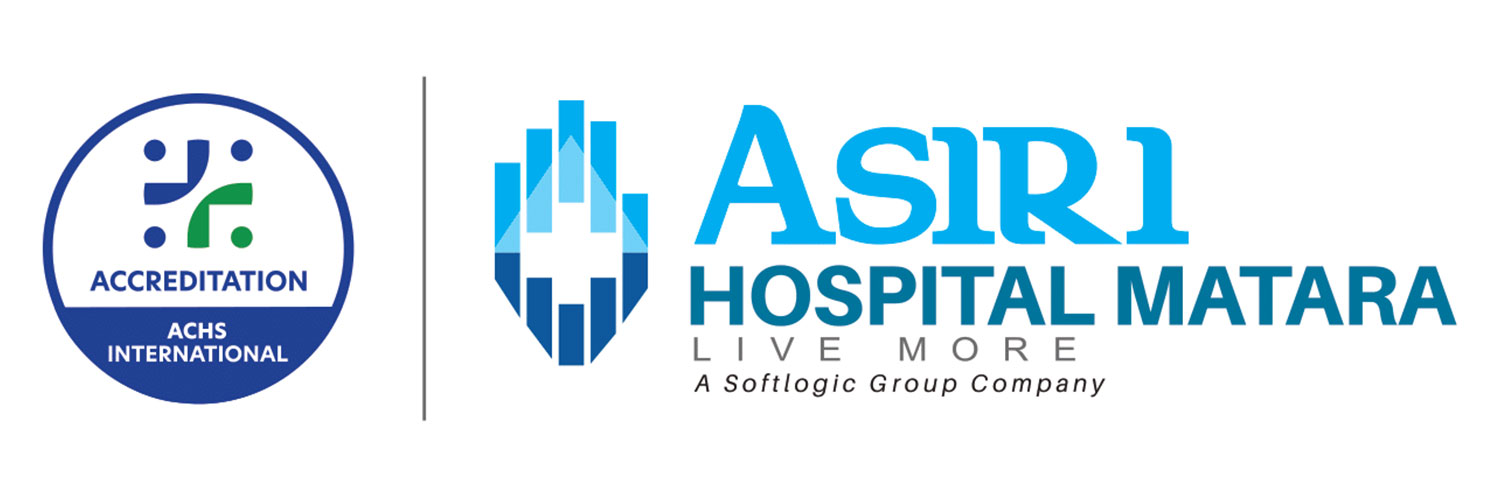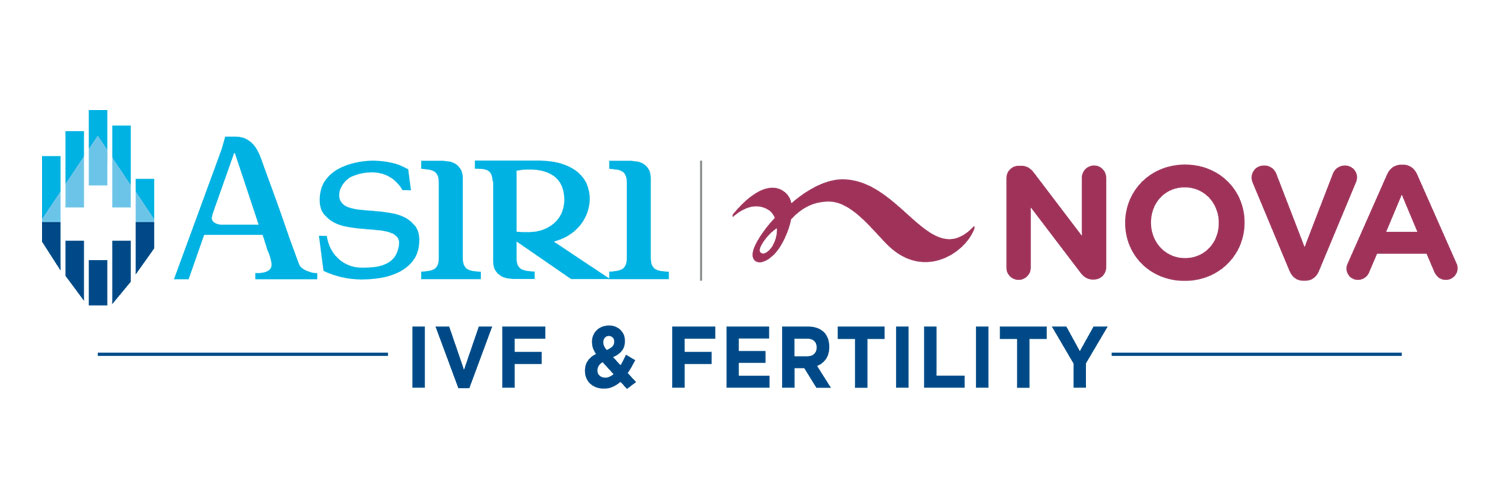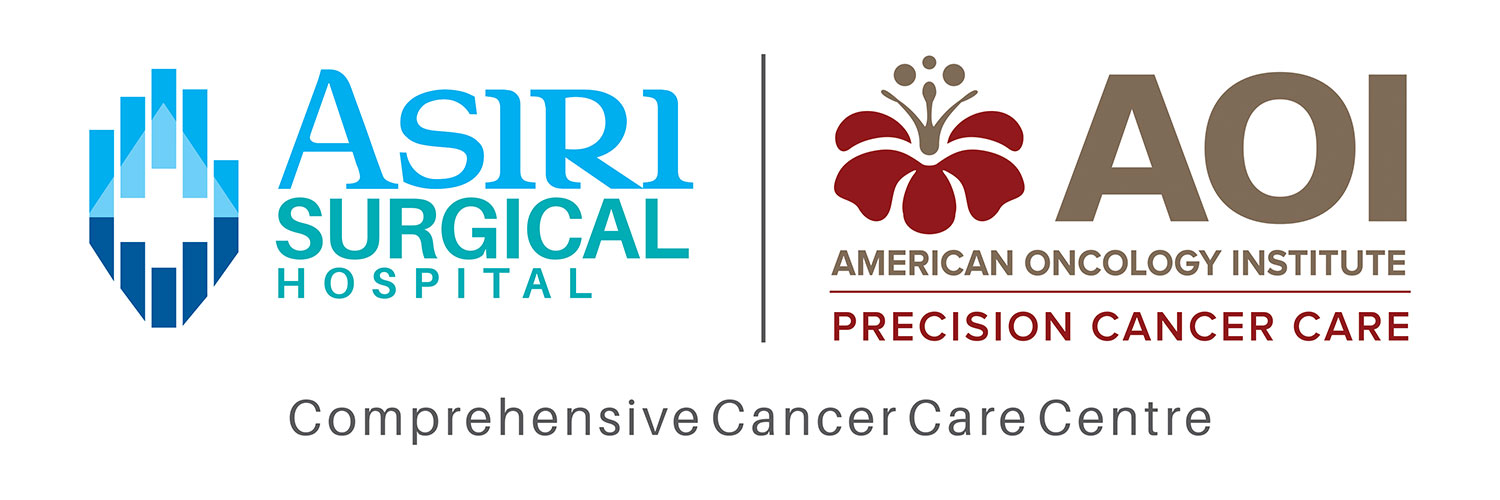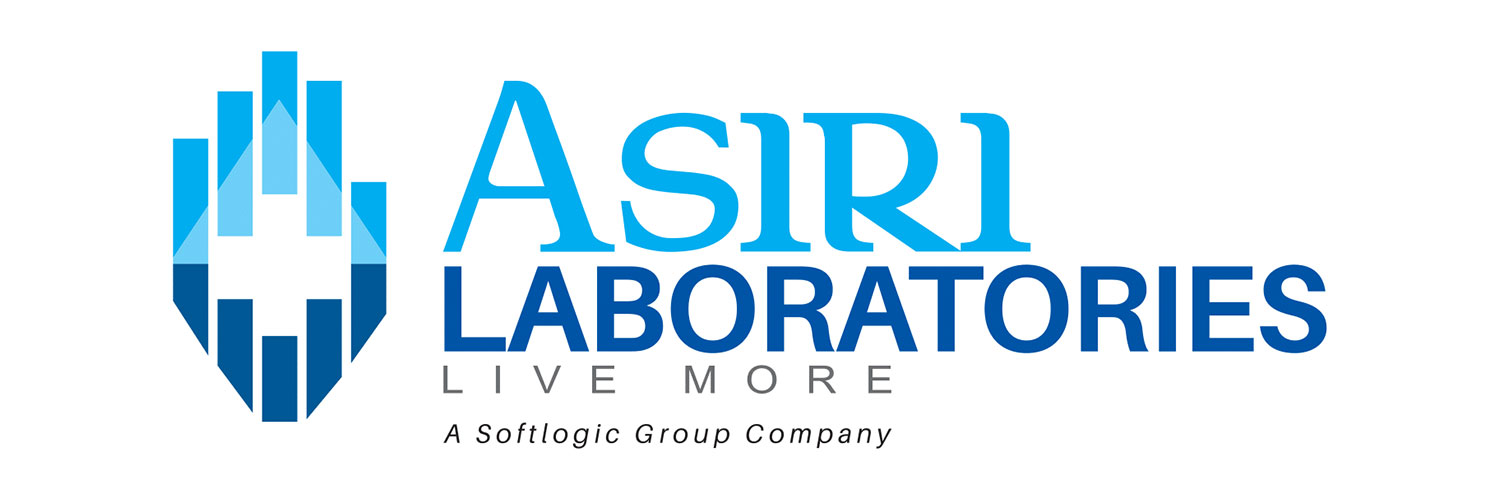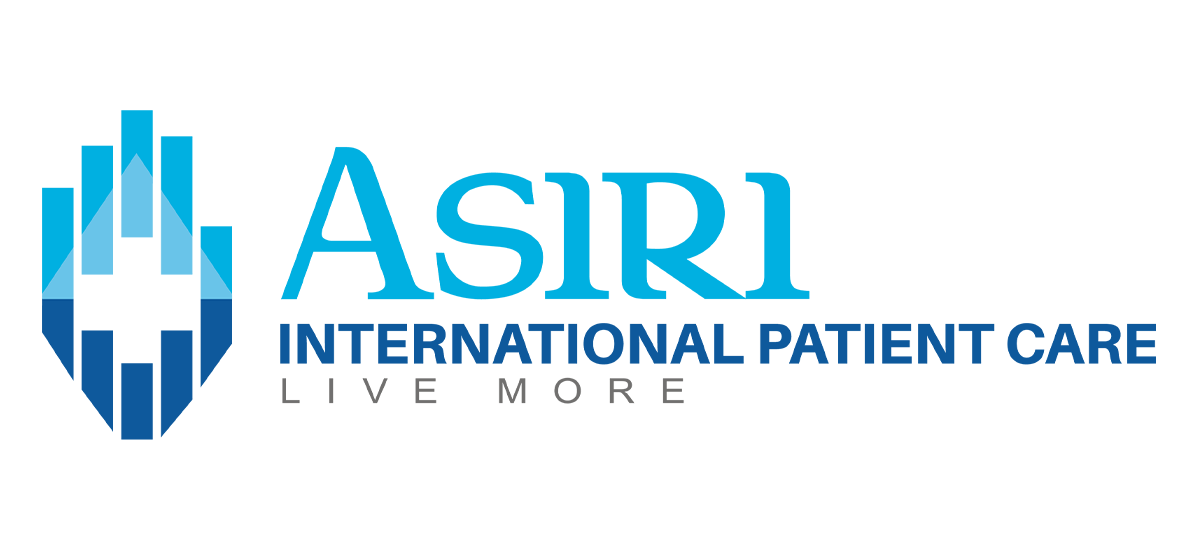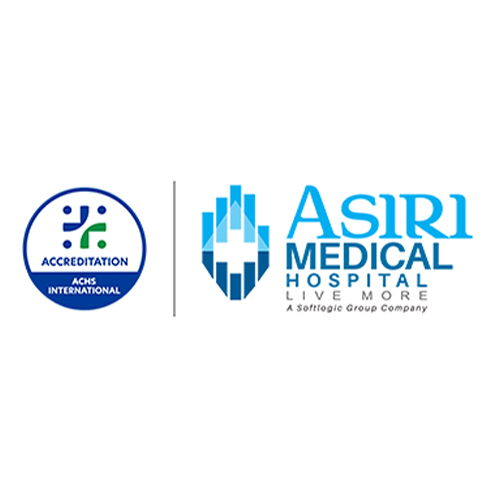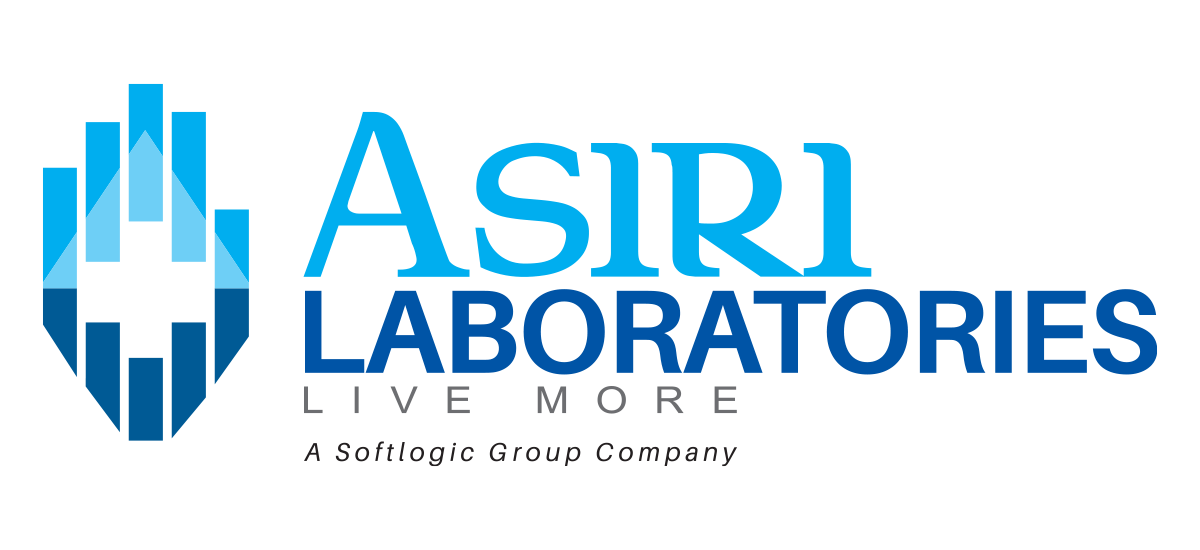

Committed to the good health of your family & you.
A 40-year sound reputation for accuracy, reliability & trust. We offer the largest menu of tests in the island.
Services at Asiri Laboratories
Our Full Menu of Services
- Chemical Pathology
- Biochemistry
- Clinical Pathology
- Haematology
- Microbiology
- Histology
- Immunology
- Genetic laboratory
Our Full Menu of Services
- Chemical Pathology
- Biochemistry
- Clinical Pathology
- Haematology
- Microbiology
- Histology
- Immunology
- Genetic laboratory
Facilities
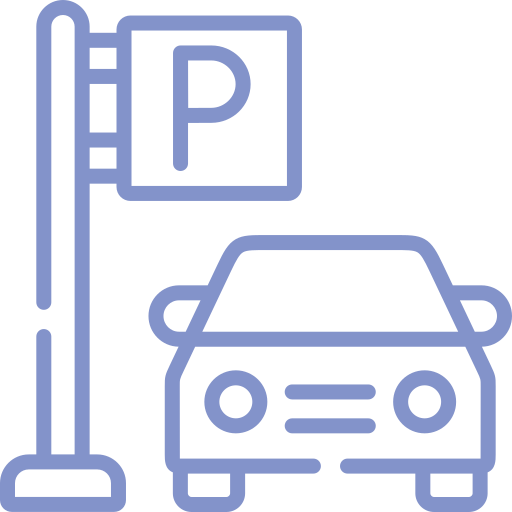
Free Parking
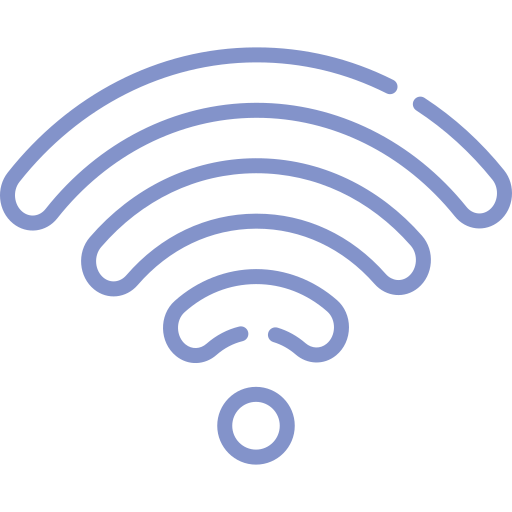
Wired & WIFI Network Coverage
Facilities

Free Parking

Wired & WIFI Network Coverage
Why patients choose Asiri Laboratories
- We offer a state-of-the-art laboratory service which is considered the gold standard for diagnostics in Sri Lanka.
- The most complete menu of tests.
- Over 100 locations island wide.
- ISO certified; we ensure external quality control by working with a reputed international laboratory.
- Recognised by WHO & other international research organisations who use our services.

Consultants
Consultations per day
Tests offered
Tests per day
Beds
Why patients choose Asiri Laboratories
- We offer a state-of-the-art laboratory service which is considered the gold standard for diagnostics in Sri Lanka.
- The most complete menu of tests.
- Over 100 locations island wide.
- ISO certified; we ensure external quality control by working with a reputed international laboratory.
- Recognised by WHO & other international research organisations who use our services.


Consultants
Consultations per day
Tests offered
Tests per day
Beds
Asiri Health Group Centres of Excellence
Asiri Health Group Centres of Excellence
Caring for the health of you and your family.
Use the convenience of our online services here

Asiri Agrahara
Agrahara is an insurance scheme which provides state sector employees and their dependents access to the best in private healthcare. The Asiri Group offers these beneficiaries a host of special discounts and privileges. Please click for details.
Location Finder
Lorem Ipsum is simply dummy text of the printing and typesetting industry.
Inspiring Stories!
Read heartfelt testimonials from patients who experienced exceptional care at Asiri Medical Hospital.
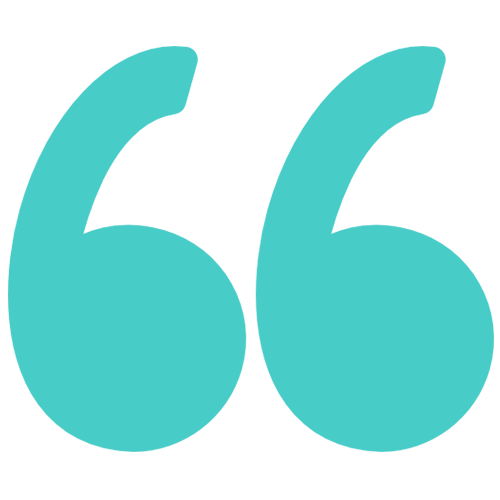
I've no words to express my gratitude for the Asiri BMT team who cared for me more than anyone has in this world. I was in a lot of pain, their patience and caring encouragement gave me hope and strengthened me through the 45-day transplant process.

Ms. Charuni Apsara
මම ආසිරි හාට් සෙන්ටර් එකට එනකොට මගේ ජීවිතය 90% ක් වගේ අවදානමේ තිබුණා. ආසිරි හාට් සෙන්ටර් එකේ වෛද්යවරුන්ගේ ඉක්මන් ප්රතිචාර සහ නිවැරදි ක්රියාමාර්ග නිසා මගේ ජීවිතය බේරුණා.

රමාල් ජාසිංහ මහතා
I really didn't think I had it in me to battle Cancer. But it changed the moment I walked into Asiri AOI Cancer Care Centre.

Cancer Survivor
ජීවිතය ගැන වෛද්යවරුන් පවා අවිශ්වාස තැබූ මොහොතක, මාගේ සැමියාගේ ජීවිතයේ වගකීම භාරගෙන මාගේ සැමියාට ජීවිතය දුන් ආසිරි සෙන්ට්රල් රෝහලේ ස්නායු ඒකකයේ වෛද්යවරුන්ට සහ කාර්යමණ්ඩලයට මාගේ ගෞරවණිය ස්තුතිය පුද කරනවා.

K. M ගයාන් මහතාගේ බිරිඳ
Subscribe to our newsletters
Stay informed about the latest news and updates from Asiri Central Hospital by subscribing to our newsletter.
Accreditations
Our accreditations and awards reflect our commitment to patient safety, care and experience.
With International accreditation for Patient Safety and Care, the Asiri Health Group is the leading private healthcare provider in Sri Lanka. Our unwavering commitment to compassionate patient care, innovation & outstanding patient outcomes has earned us the high position of trust we enjoy.
© ASIRI HEALTH 2025 All Rights Reserved.
Solution by TekGeeks
ASIRI HEALTH NETWORK
Asiri Central
Asiri Surgical
Asiri Medical
Asiri Kandy
Asiri Matara
Asiri Galle
ASIRI HEALTH NETWORK
NETWORK Contacts
CENTRES OF EXCELLENCE
Quick Contacts
If you have any questions or need help, feel free to contact us for medical assistance.
24/7 EmergencyHotline: 1313
Mon-Sun: 8:00AM - 7:00PM
Emergency : 24 Hours
Asiri General
No.114, Norris Canal Road,
Colombo 10, Sri Lanka.
© ASIRI HEALTH 2025 All Rights Reserved.
Solution by TekGeeks

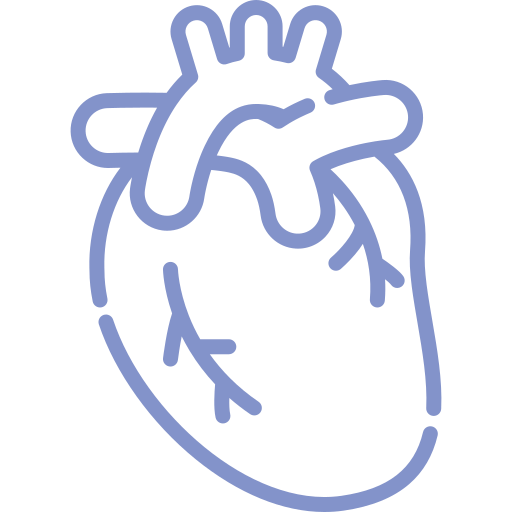
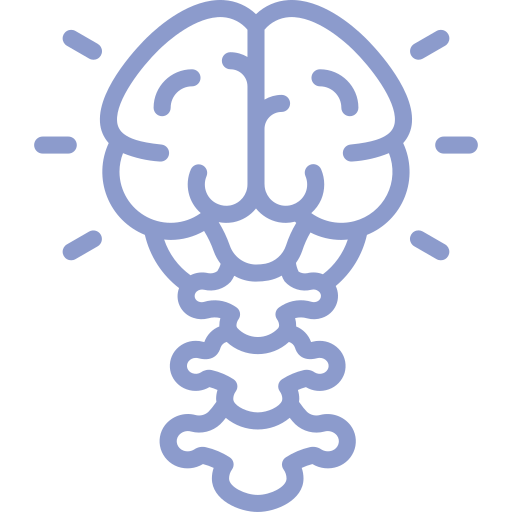
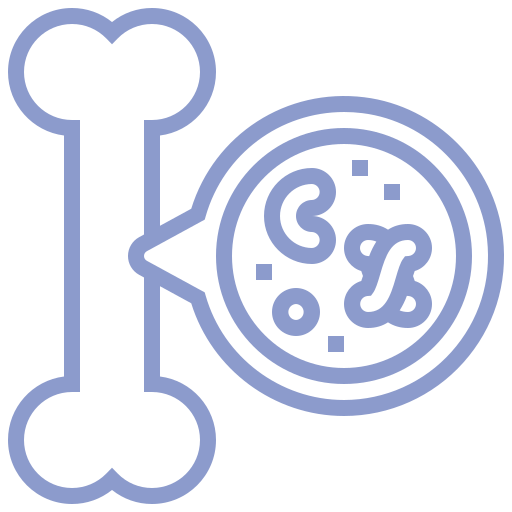
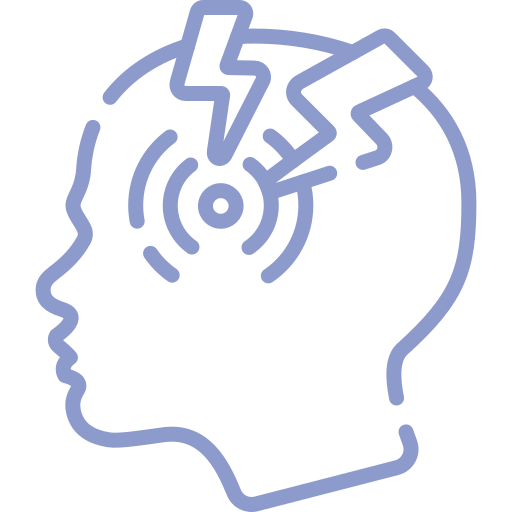
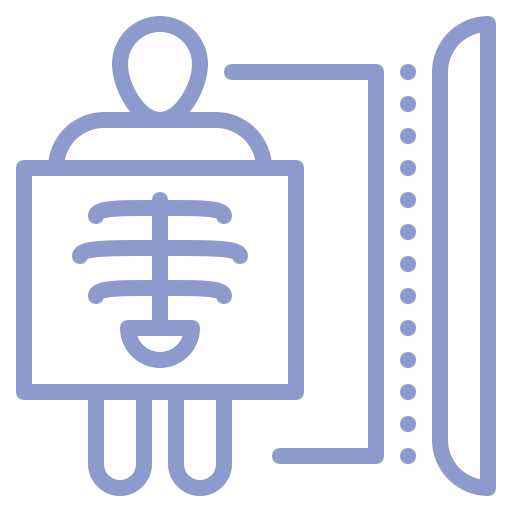
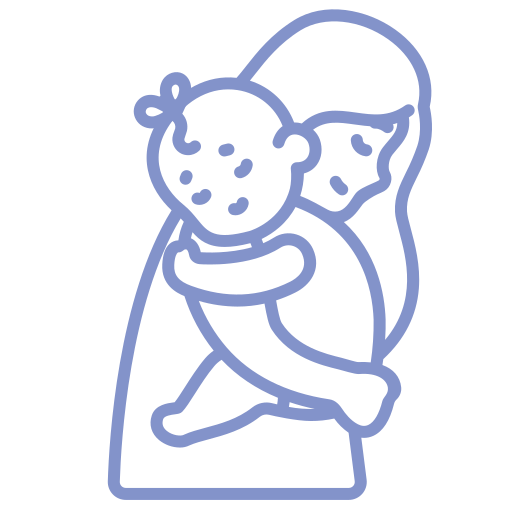
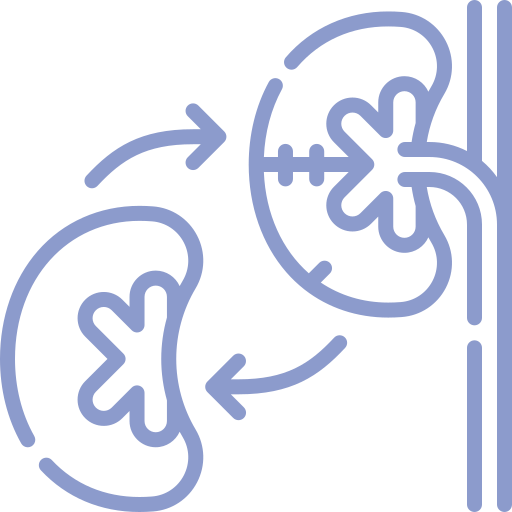
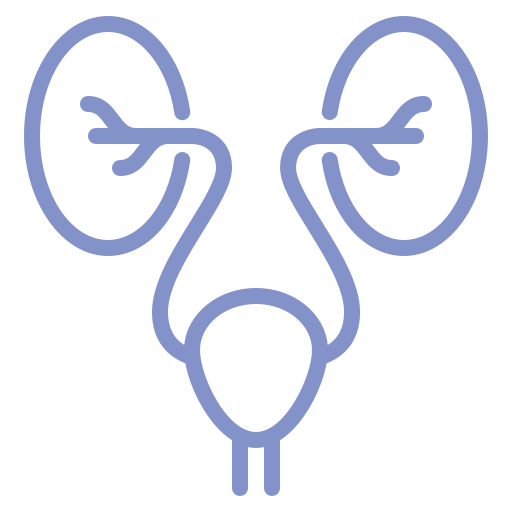
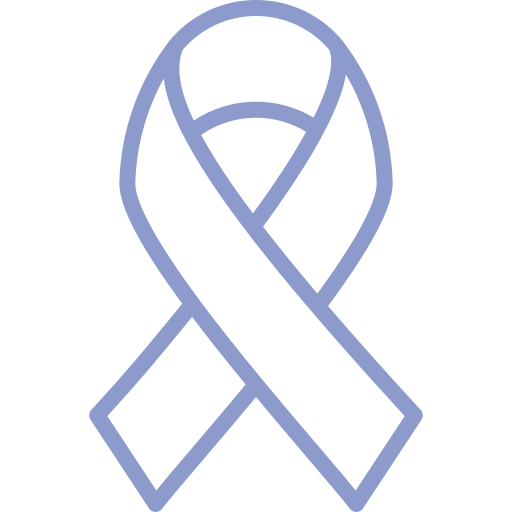
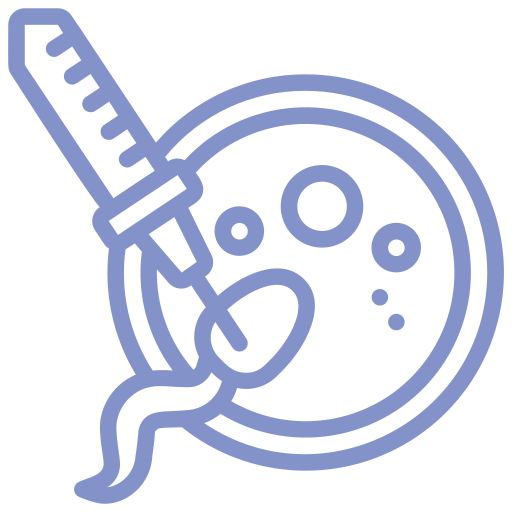




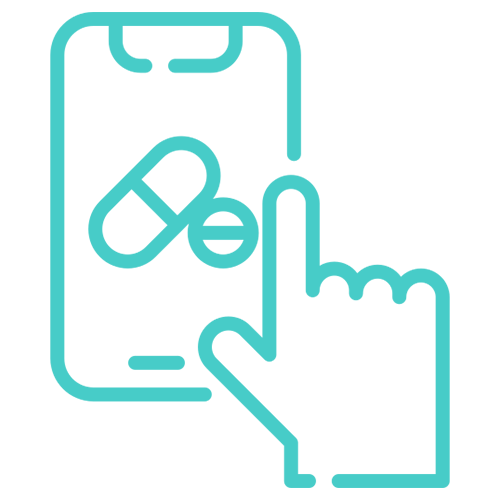



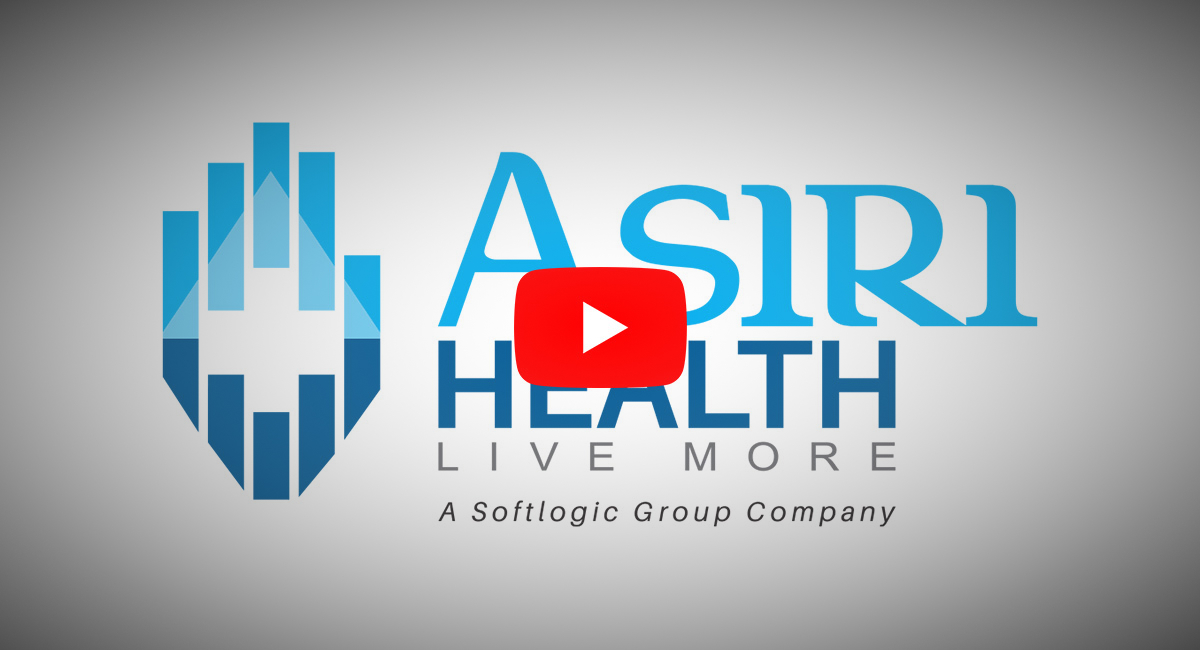
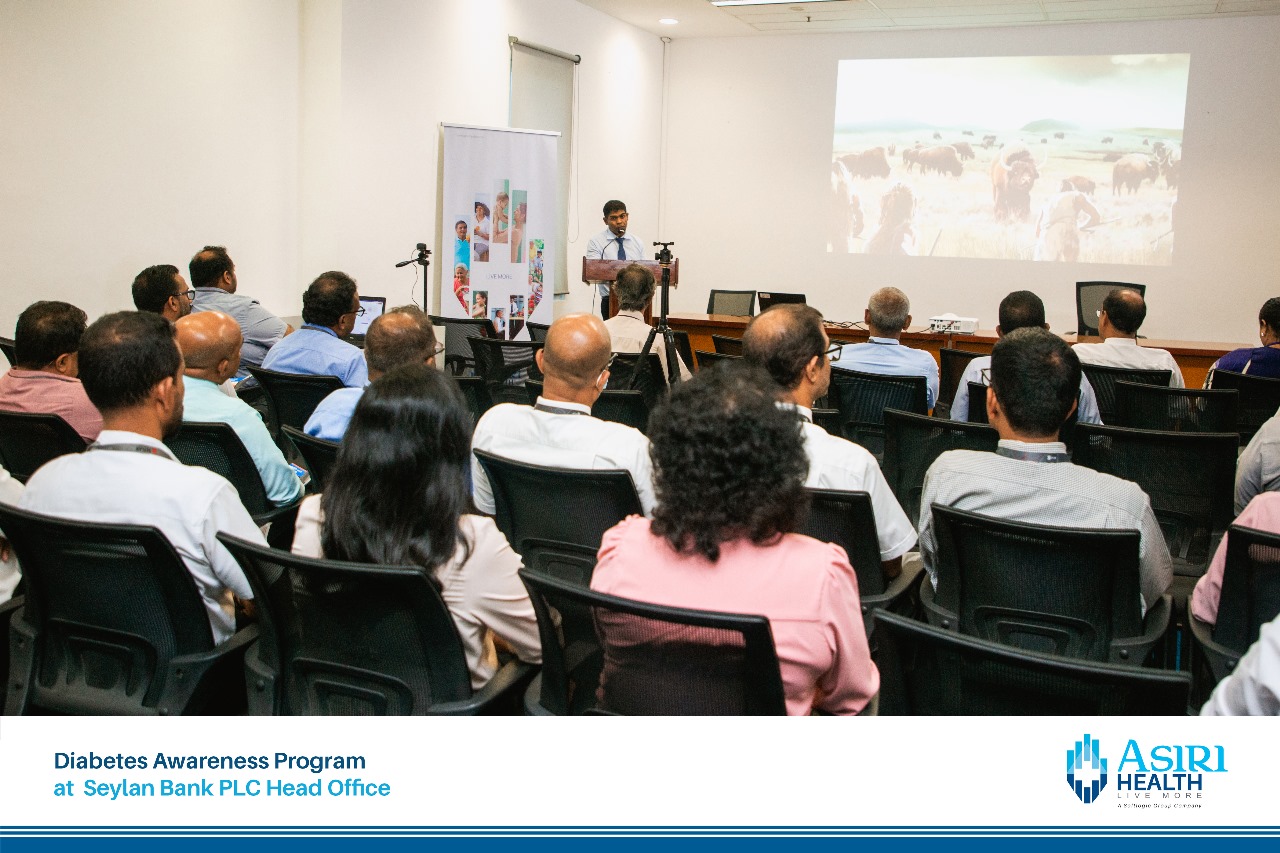
.jpeg)
